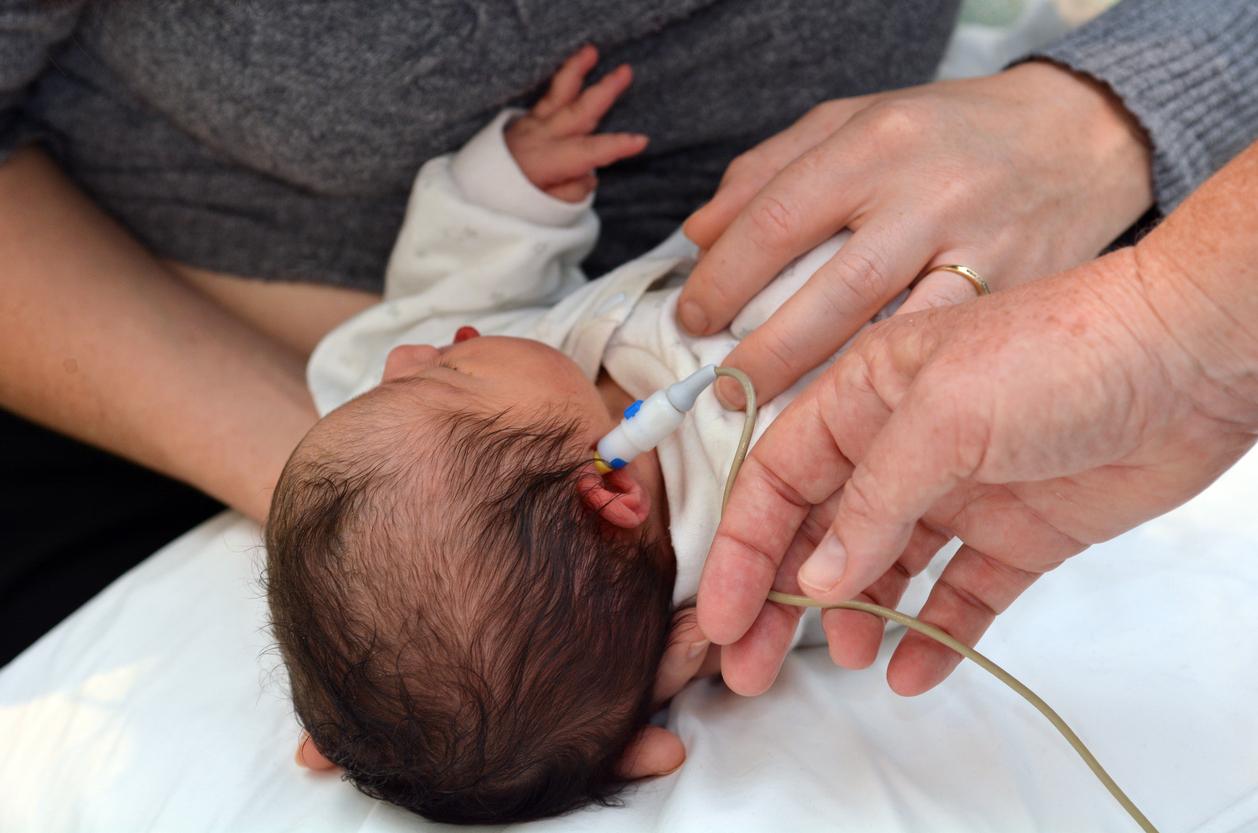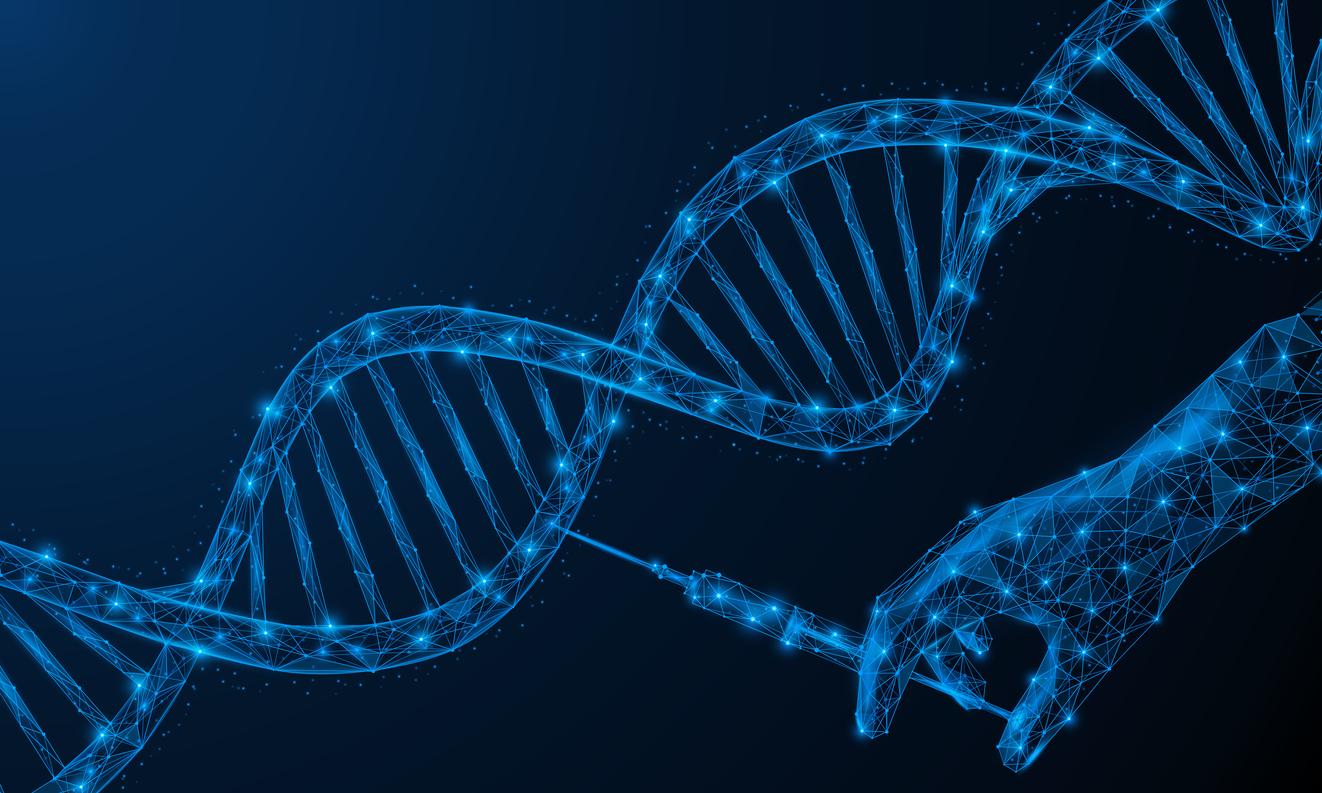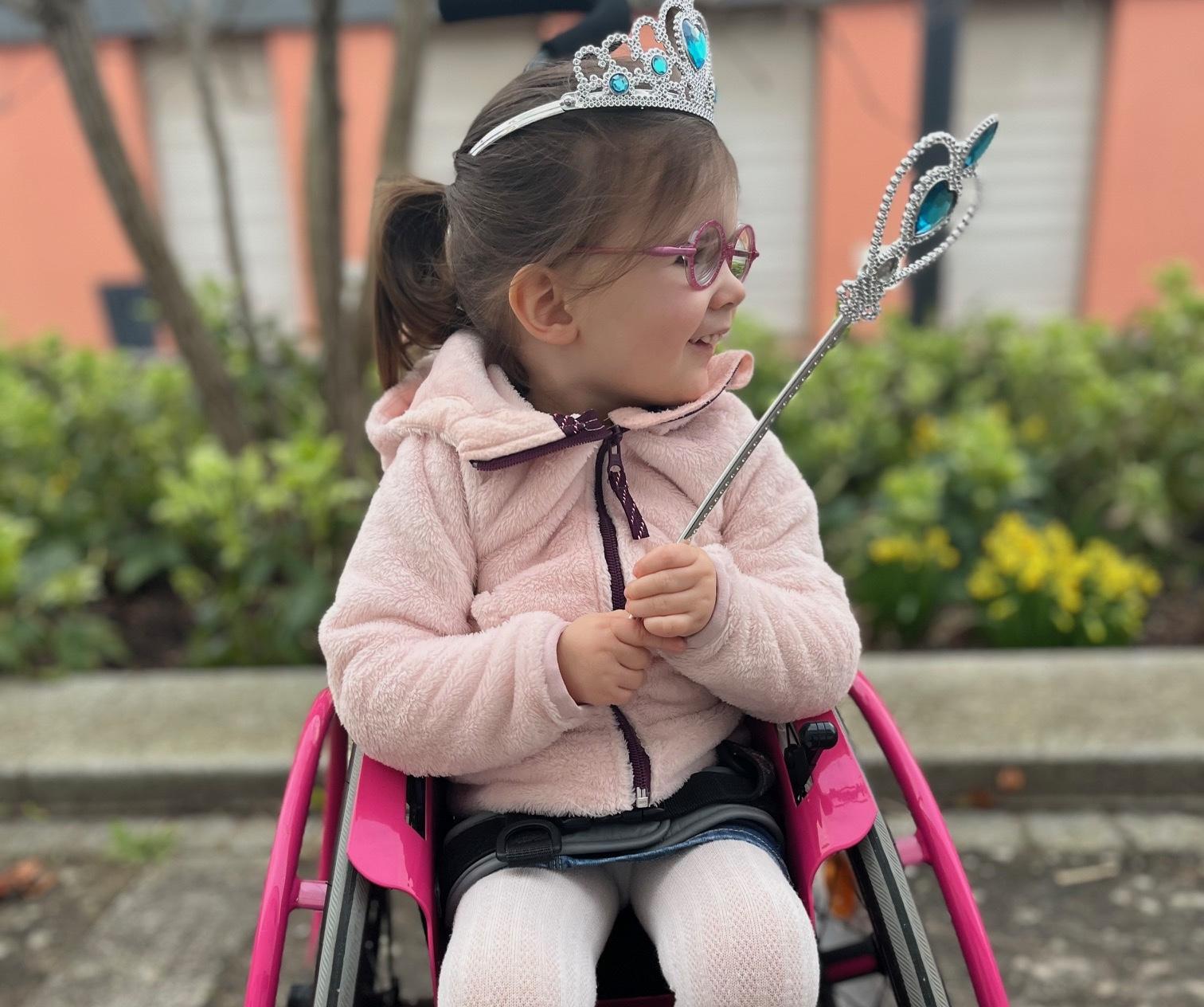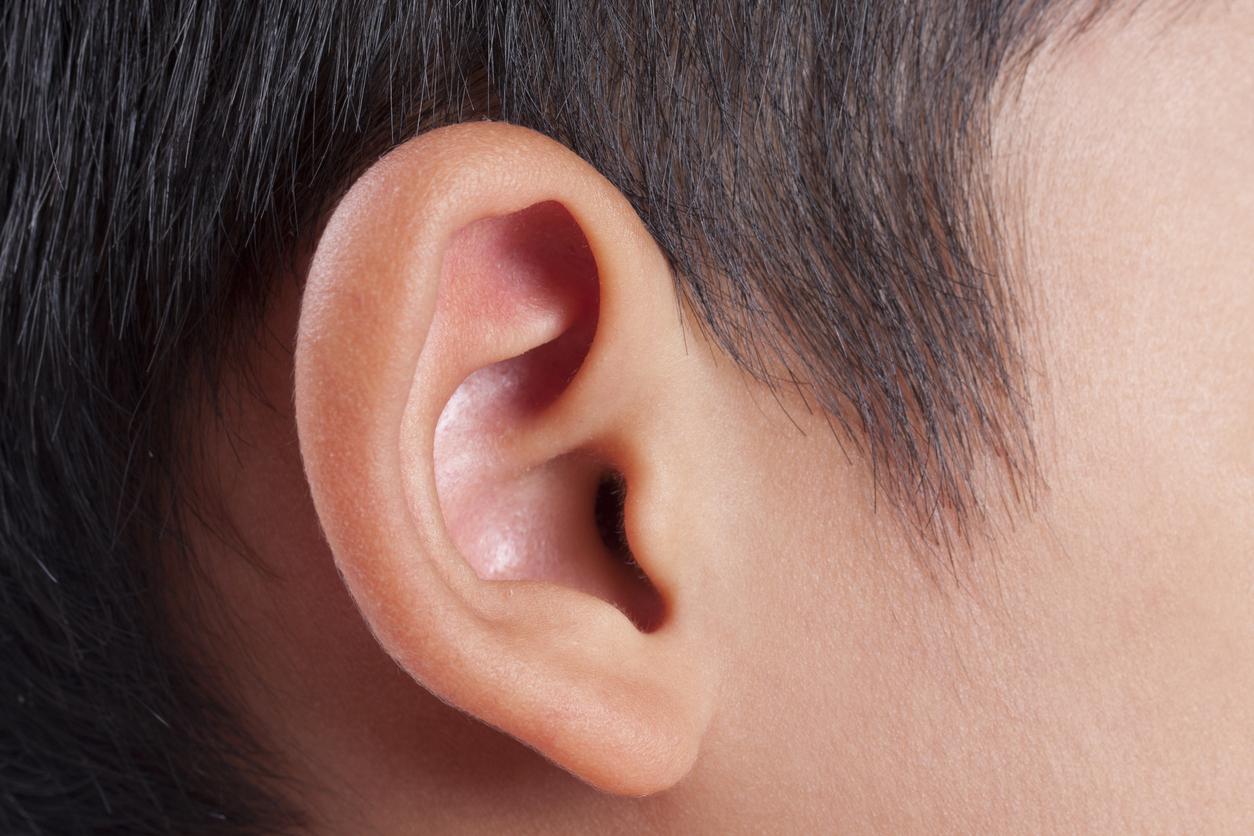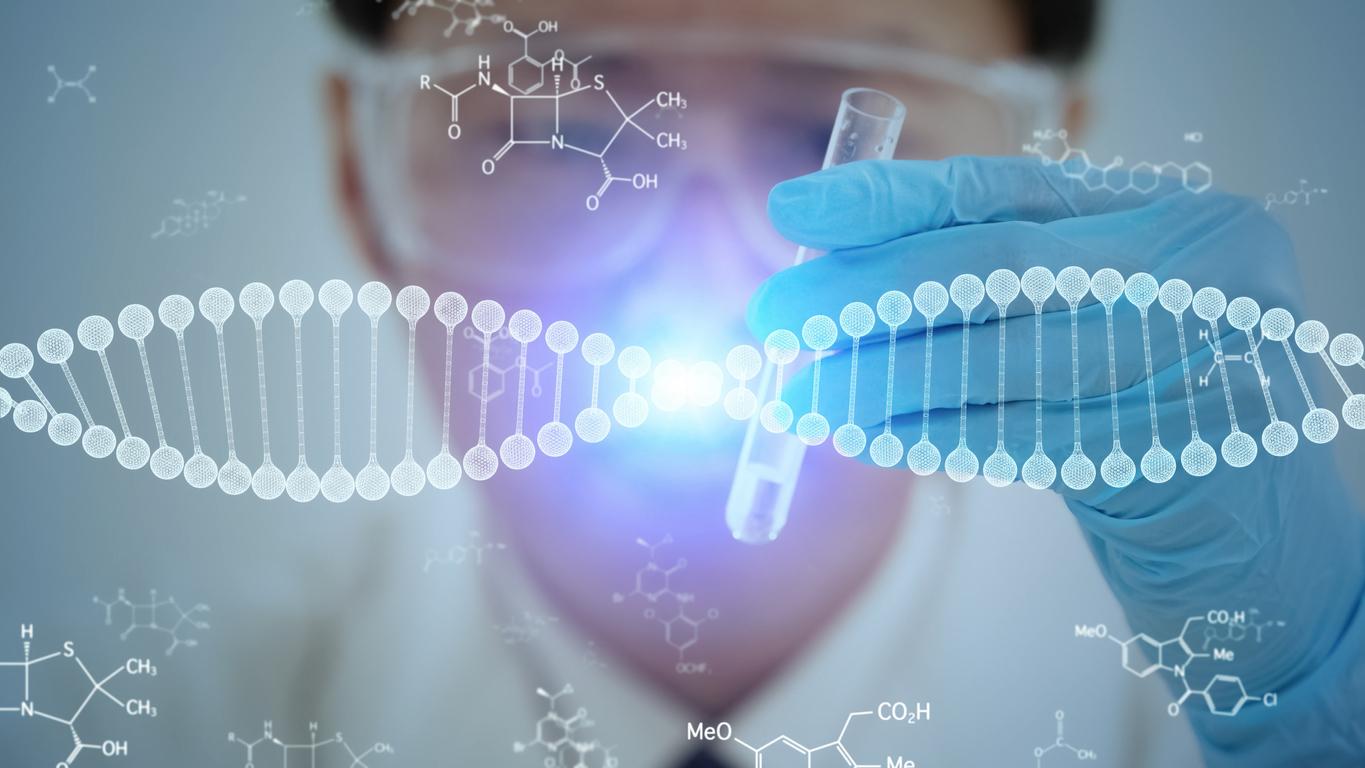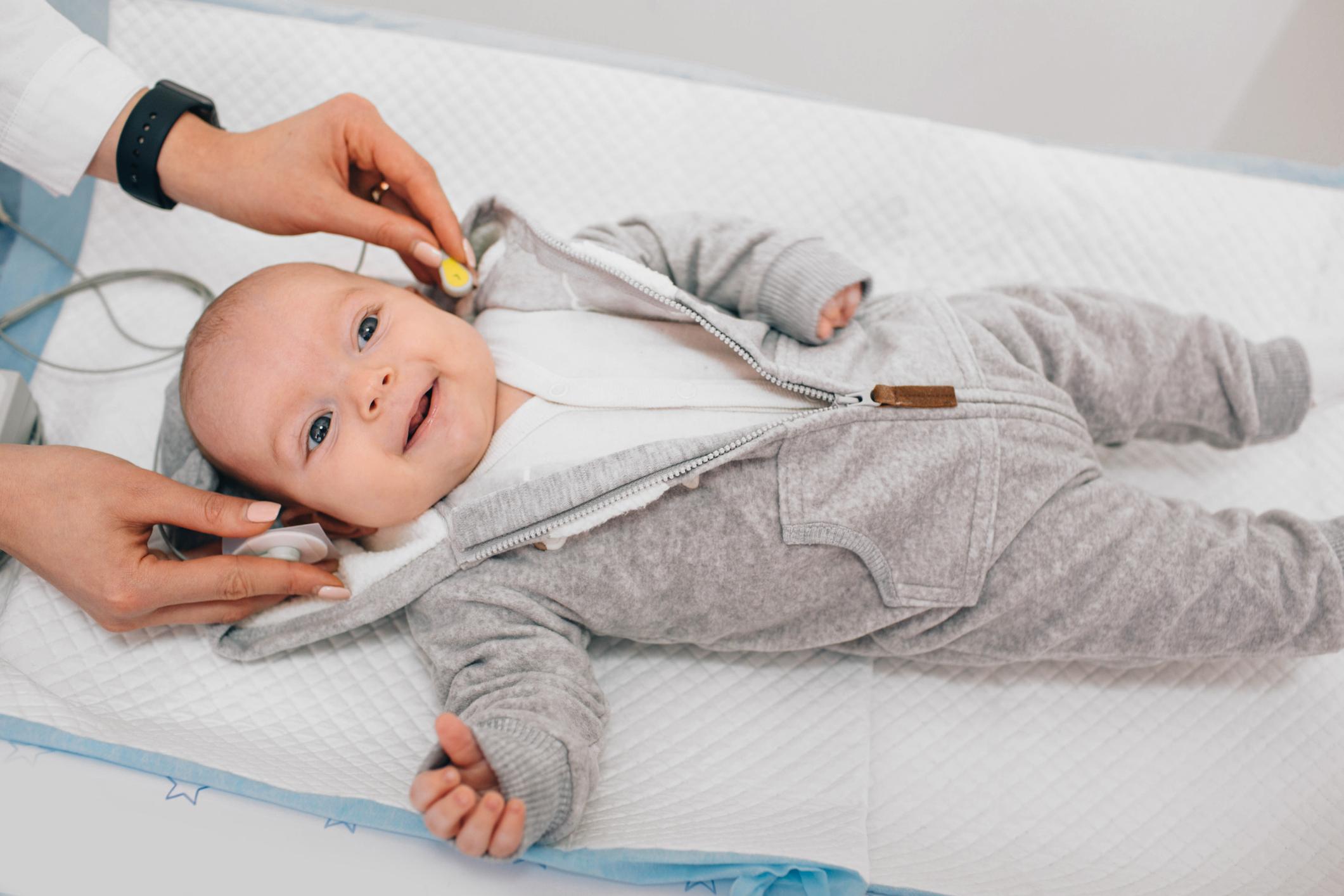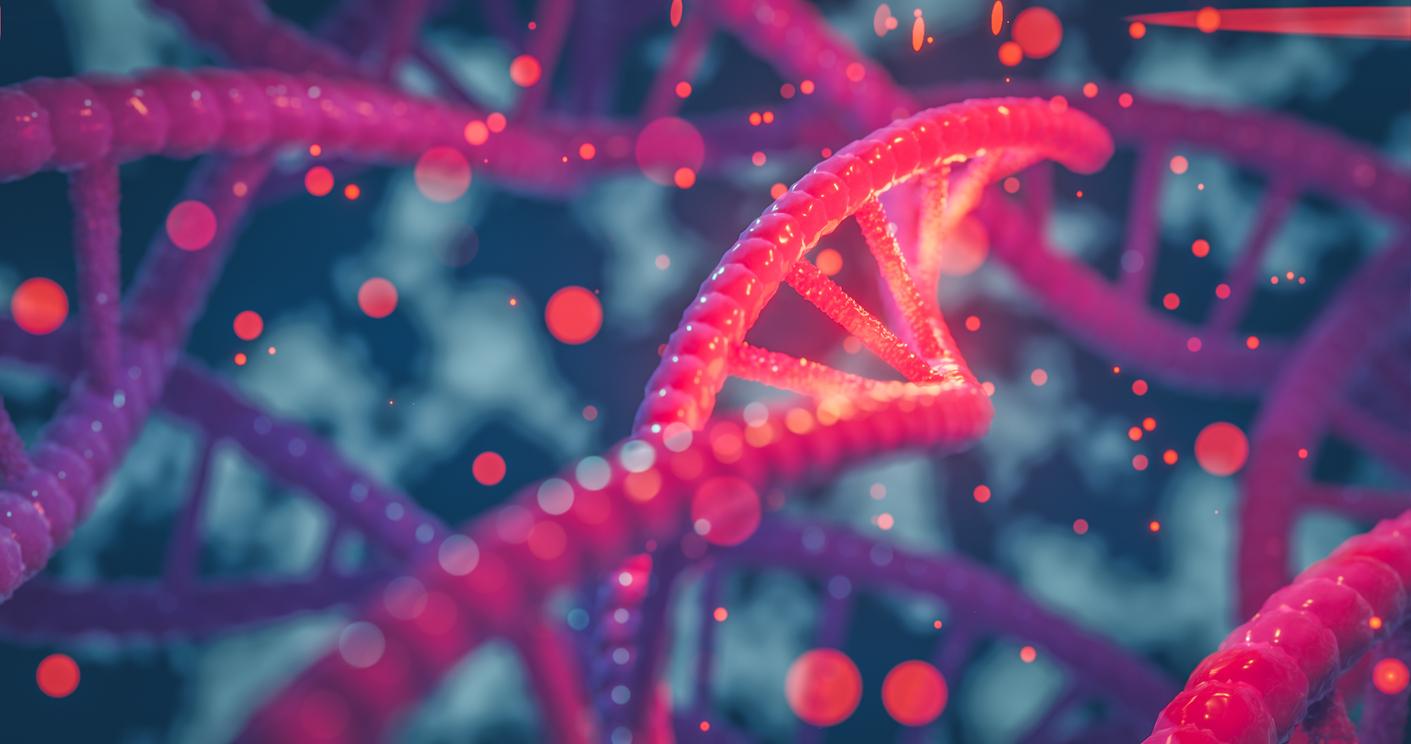The absence of an effective immune system is no longer inevitable. Gene therapy is very effective in promoting the production of white blood cells in bubble babies.
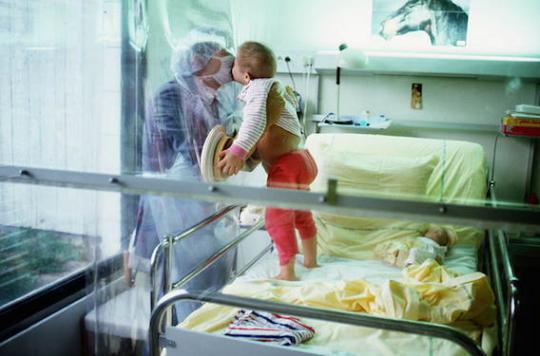
- X-linked severe combined immunodeficiency affects 1 in 200,000 births
- Patients do not develop an effective immune system
- Hematopoietic stem cell transplant restores T cell production
- Not all patients have a fully compatible donor
- Gene therapy is an effective alternative to transplantation
Gene therapy takes bubble children out of their sterile room. This therapeutic approach, developed at the Necker-Enfants Malades hospital, is even more effective than the transplant of stem cells from a partially compatible donor. The first comparison study reports its results in the journal Blood. And offers a silver lining for patients with severe X-linked combined immunodeficiency.
Correct the genetic defect
X-linked severe combined immunodeficiency (X-linked SCID) is a rare inherited disease. One in 200,000 births is affected. “It affects the child from birth and results in an absence of an effective immune system, explains to Why actor Dr Fabien Touzot, from the biotherapy department at Necker hospital. It poses a risk of fatal infection for the child, usually in the first year. “
The patients are therefore hospitalized in a sterile room, hence their nickname of bubble children. The ideal goal is the transplant of healthy hematopoietic stem cells, which create the lymphocytes. But little patients don’t always have a completely matched donor, like a sibling. In this case, the stem cell transplant can be performed from a partially compatible donor, the father or the mother.
But since 1999, a team from the Necker-Enfants Malades hospital (Assistance publique des Hospitals de Paris) has been trying to give patients a viable immune system via gene therapy.
Dr Fabien Touzot, Biotherapy department at Necker hospital: ” The hematopoietic stem cells are infected with a virus which will allow integration of the corrective gene. “
More lymphocytes, sooner
Two clinical trials were carried out in France, at the Necker hospital. The first, started in 1999, was discontinued in 2003 after the declaration of serious adverse reactions. The second took place between 2010 and 2013, and was found to be safer. But this approach has never been compared to stem cell transplantation from a partially compatible donor. The French team therefore observed the evolution of two groups of patients with X-linked SCID: 13 had received a transplant, 14 had received gene therapy.
The results obtained show that correcting faulty stem cells is more effective than injecting those of a loved one. Children in the “gene therapy” group developed T lymphocytes faster than those in the “transplant” group. Six months after treatment, 78% of them had a normal number of white blood cells, compared to 26% in the other group. Long-term lymphocyte production is also better.
Dr Fabien Touzot : ” By using the child’s stem cells, we overcome incompatibility reactions that will slow down the development of the immune system. “
The faster growth of the immune system promotes healing from opportunistic infections: they last an average of 11 months for gene therapy, compared to 25.5 months in the other group. The first approach therefore reduces the number of hospitalizations linked to infections, as well as the number of infections identified.
In the eyes of researchers, this work confirms the superiority of gene therapy in the absence of a completely compatible donor. “The subject of this article is to show that at present, if we do not have an identical HLA donor, the most effective treatment is gene therapy,” estimates Dr Fabien Touzot. It is probably the one that should be offered as a first-line treatment in these patients. “
Dr Fabien Touzot : ” The next step is to develop this treatment in the form of a cellular drug and to offer it to as many people as possible.. “
.








